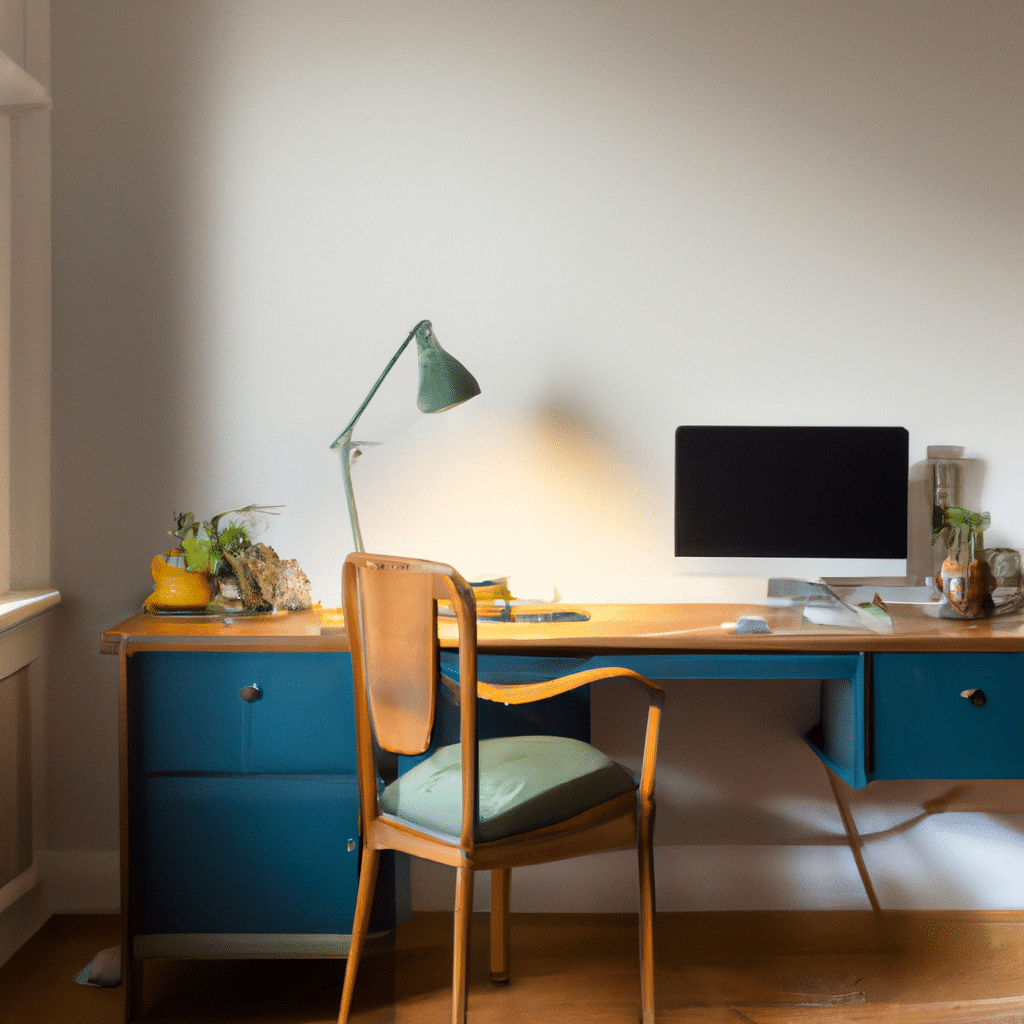
In today’s fast-paced world, more and more people are embracing the flexibility and convenience of working from home. Whether you are a freelancer, a remote employee, or an entrepreneur, having a dedicated home office space is crucial for maximizing productivity and focus. One key element that often gets overlooked in creating the perfect home office is lighting. In this article, we will explore the importance of lighting in enhancing productivity and focus in your home office, and provide valuable tips on how to optimize your workspace for optimal performance.
The Impact of Lighting on Productivity
Lighting plays a significant role in our overall well-being and productivity. Poor lighting conditions can lead to eye strain, fatigue, and decreased concentration levels. On the other hand, a well-lit workspace can boost mood, energy, and overall work performance. Let’s delve into the different aspects of lighting that can influence productivity in your home office.
Natural Light: The Power of the Sun
There is no denying the positive effects of natural light on our physical and mental well-being. Exposure to natural light has been linked to improved mood, increased vitamin D levels, and better sleep patterns. When setting up your home office, positioning your desk near a window or utilizing skylights can help maximize the benefits of natural light. Not only does natural light create a pleasant and welcoming atmosphere, but it also reduces the reliance on artificial lighting during daylight hours.
Artificial Lighting: Choosing the Right Bulbs
While natural light is ideal, it may not always be available or sufficient, especially during late hours or in rooms without windows. In such cases, artificial lighting becomes essential. When selecting bulbs for your home office, it is crucial to consider the color temperature and brightness levels.
Color Temperature: The color temperature of a bulb is measured in Kelvin (K) and determines the warmth or coolness of the light emitted. For a home office, it is recommended to choose bulbs with a color temperature between 4000K and 6500K, which provides a cool, daylight-like ambiance. This type of lighting promotes alertness and concentration, keeping you focused and productive throughout the day.
Brightness Levels: The brightness of a bulb is measured in lumens (lm) and refers to the amount of light emitted. Higher lumens indicate brighter light. In a home office, it is important to strike a balance between sufficient brightness and avoiding glare. Aim for a brightness level of around 500 to 1000 lumens, depending on the size of your workspace. Additionally, consider using adjustable task lighting to cater to specific activities and minimize eye strain.
Lighting Placement: Illuminating Your Workspace
Proper lighting placement is essential in creating an optimal work environment. Here are some key areas to focus on when setting up your home office lighting:
- Overhead Lighting: Install ambient or general lighting fixtures that evenly distribute light throughout the room. This ensures a well-lit environment and reduces shadows and glare. Opt for fixtures with diffusers or frosted bulbs to create a soft and comfortable lighting experience.
- Task Lighting: Task lighting is focused lighting that illuminates specific work areas. It helps reduce eye strain and enhances concentration. Consider using desk lamps, adjustable floor lamps, or under-cabinet lighting to provide localized lighting for tasks such as reading, writing, or working on a computer.
- Indirect Lighting: Indirect or accent lighting adds depth and dimension to your home office. It can be achieved through wall sconces, LED strips, or recessed lighting. Indirect lighting creates a cozy and inviting atmosphere, while also reducing harsh shadows and providing a sense of visual balance.
Lighting Control: Tailoring the Atmosphere
Having control over the lighting in your home office allows you to create a personalized and adaptable workspace. Here are some suggestions for effective lighting control:
- Dimmers: Install dimmer switches to adjust the brightness of your lighting fixtures. This allows you to customize the lighting intensity based on your preferences and specific tasks. Dimmers also help create a more relaxing ambiance during breaks or non-work activities.
- Smart Lighting Systems: Consider investing in smart lighting systems that offer advanced features such as color-changing bulbs, timers, and remote control. These systems allow you to create different lighting presets for various work modes, such as focused work, brainstorming, or video conferencing.
- Natural Light Management: While natural light is beneficial, it can also cause glare and distractions. Utilize window coverings such as blinds or curtains to control the amount of natural light entering your workspace. Additionally, consider using anti-glare screens or position your computer monitor to minimize reflections.
Conclusion
Creating a well-lit home office is crucial for enhancing productivity and focus. By harnessing the power of natural light, choosing the right artificial lighting, strategically placing lighting fixtures, and implementing lighting control options, you can optimize your workspace for optimal performance. Remember to consider your personal preferences and specific work requirements when designing your home office lighting setup. With the right lighting, you can illuminate your path to increased productivity and success in your home office journey.



